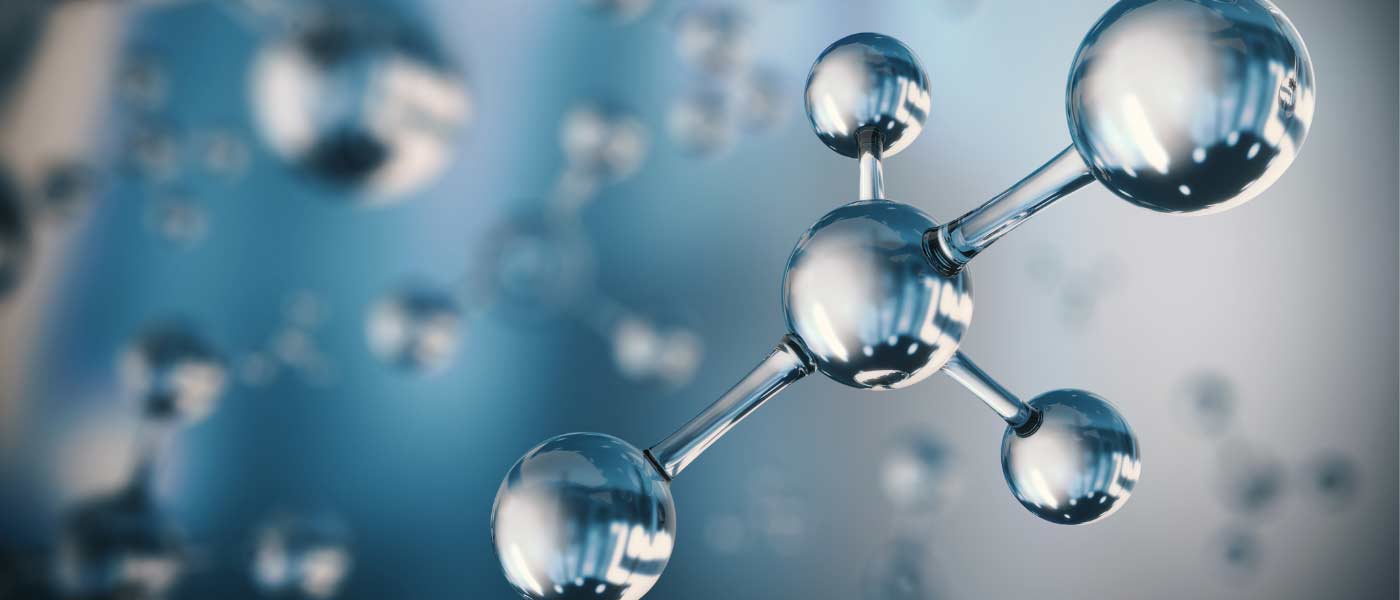Let’s get into more of the science side of negative ions! During saltwater dissolution, chlorine-negative ions dissolve in the water, resulting in negative ions. Most non-metals have a negative ions like chlorine, oxygen, and fluorine…but some non-metals have positive ions like nitrogen (+5), sulfur (+6), and phosphorus (+5).
What are the reasons for ion formation?
Losing and gaining electrons are part of the chemical process, but how, when, and why do atoms lose and gain electrons?
To stabilize elements, ions form. Electrons gain and lose electrons in an electronic system because they automatically bind to elements with which they can form eight electrons together, the most stable form of valence electrons.
Let’s take a simple example -NaCl. Na Cl electron configuration:
Na – 2, 8, 1.
Cl – 2, 8, 7.
Na needs to give up 1 electron in this case. The same applies to Cl, which must also take an electron to reach stability. Consequently, electrons are transferred from Na to Cl. Therefore, Na(new) now has electron configuration 2, 8. There are now two shells on it. Cl(new) has electron configurations 2, 8, and 8. Both electron configurations are stable now.
Think about more complex examples. Some of them might not form perfect eights.
- An example would be Ca(NO3)2 + KBr.
- There is a negative charge on NO3.
- The valence electrons of calcium are two.
- One electron is present in the valence shell of K.
- The valence electrons of Br are seven.
In Ca(Br), 2 + KNO3 would result from this double displacement reaction. Several metals are reactive in this way. When all the elements are added up, they will become stable.
What Element Form Negative Ions?
On the Periodic Table, non-metals are located on the right-hand side. We see electrons as sitting in valence shells, protons in nuclei, and atoms as losing their atomic radius with electron addition. During the fission process, electrons and protons go into valence shells and protons into nuclei. As electrons go into valence shells, protons go into nuclei, and atoms go into nuclear decay. (Again, as we see it, but you know what I mean). The atomic radius of atoms decreases when electrons are added. Atoms have electrons and protons in their valence shells and nuclei.
Unlike left-side periodic tables, right-side periodic tables consist of nonoxidizing elements, which accept electron density because their nuclear charges are unprotected. In this way, nitrogen, oxygen, fluorine, chlorine, etc., are formed. Produce negative ions, such as oxygen. The PARENT atoms are oxygenating species: N3-, O2-, F-, and Cl-.
Elements that Form Negative Ions
As with metals, the metals usually donate electrons to oxidants; they are reducing. The ones near the right-hand side of the periodic table, especially the non-metallic ones, deserve particular attention. Since noble gases already have a full valence shell, they do not require any further electrons in their valence shell. It is essentially true that elements with 5, 6, and 7 valence electrons gain 3, 2, and 1 electrons, respectively, and form negative ions (-3, -2, and -1).
As you can see, there is a lot of science that goes into negative ions. We harness this science in our products to bring you the many benefits of negative ions!


Latest from our blog
How to Practice Mindfulness Daily
Are you often overwhelmed by the chaos of daily life, wishing you could find a
Feb
How To Use Feng Shui With Negative Ion Jewelry
Imagine walking into your home and instantly feeling a sense of calm wash over you.
Jan
Are Negative Ions More Powerful in Winter?
Negative ions, often known for their refreshing effects on mood and energy, have garnered interest
Dec
Best Times & Places For Natural Negative Ions
In this article, we’ll explore the best times & places for natural negative ions—from sunlit
Nov